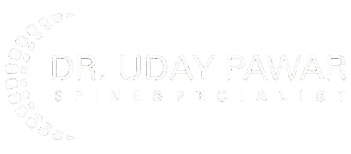5 Early Warning Signs of Spinal Deformity You Should Never Ignore
Have you ever noticed subtle changes in your posture or felt unexplained back pain? Chances are that you must have ignored it or just applied some cream or gel to relieve pain. Nothing wrong with it. But do you know there are certain signs that you should never ignore?
Is your spine trying to tell you something?
Your spine isn’t just the backbone of your body—it’s the foundation of your movement, posture, and overall health. But what happens when something feels “off”?
Spinal deformities can start with small, subtle signs that are easy to miss but can lead to severe issues if left untreated.
Early detection can prevent progression and open doors to effective treatment options. Let’s dive into the top five early warning signs of spinal deformity you should never overlook.
1. Visible Curve in the Spine
Do you notice a slight hump in your back or a curve in your upper or lower spine? A visible curve is often one of the first and most noticeable signs of spinal deformity. This could indicate scoliosis, kyphosis, or lordosis, conditions that affect the alignment of the spine.
As parents you should particularly pay attention to this during adolescence. To keep an eye on it, perform simple tests like standing before a mirror and checking whether both shoulders appear to be in line. This can very well help you to spot the problem before it increases.
Fact: Scoliosis affects approximately 2-3% of the population, most commonly during growth spurts in children and teenagers. |
Unable to understand medical terms? Don’t worry. I’ll explain it.
Kyphosis

Feature | Description |
What it is | An excessive outward curvature of the spine, often referred to as a hunchback. |
Symptoms | Back pain, rounded shoulders, difficulty breathing, fatigue, and a stooped posture. |
Causes | Age-related wear and tear, poor posture, osteoporosis, certain medical conditions like Scheuermann’s kyphosis, and spinal injuries. |
Whom does it affect? | Primarily older adults, but can also affect younger individuals with certain medical conditions. |
What happens if left untreated | Worsening of the curve, increased back pain, limited mobility, and potential respiratory problems. |
Treatment | Physical therapy, pain medication, bracing, and in severe cases, surgery. |
Scoliosis
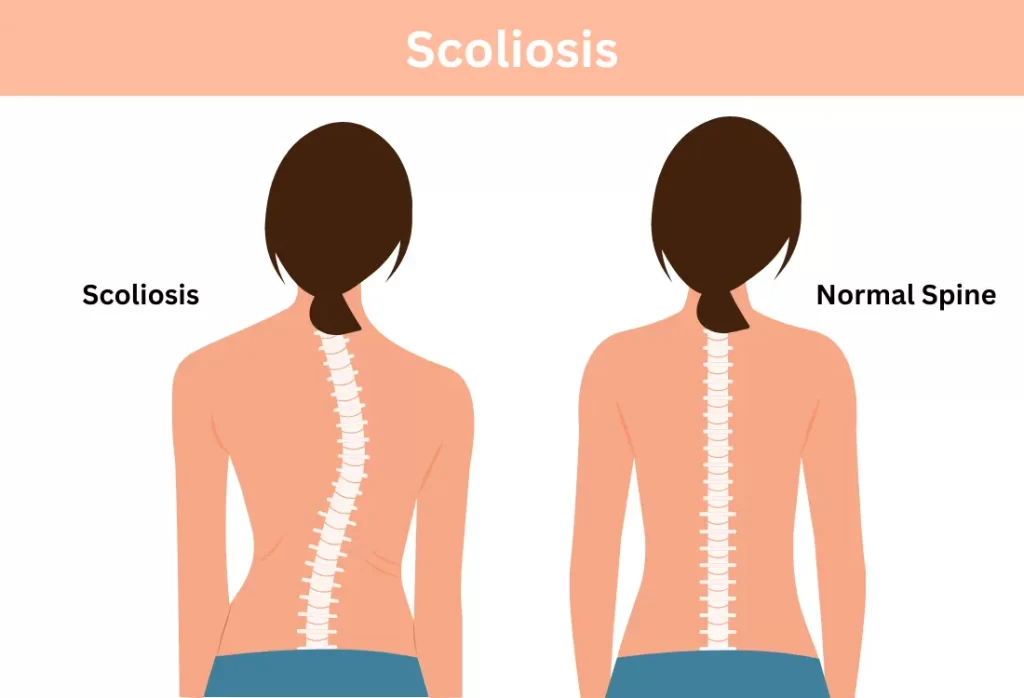
Feature | Description |
What it is | An abnormal sideways curvature of the spine. |
Symptoms | Uneven shoulders, hips, or waistline, back pain, and difficulty breathing in severe cases. |
Causes | Often idiopathic (unknown cause), but can also be caused by neuromuscular disorders, congenital conditions, or injuries. |
Whom does it affect | More common in adolescents, especially girls. |
What happens if left untreated | Worsening of the curve, chronic pain, respiratory problems, and heart issues. |
Treatment | Observation for mild cases, bracing for moderate curves, and surgery for severe curves. |
Lordosis
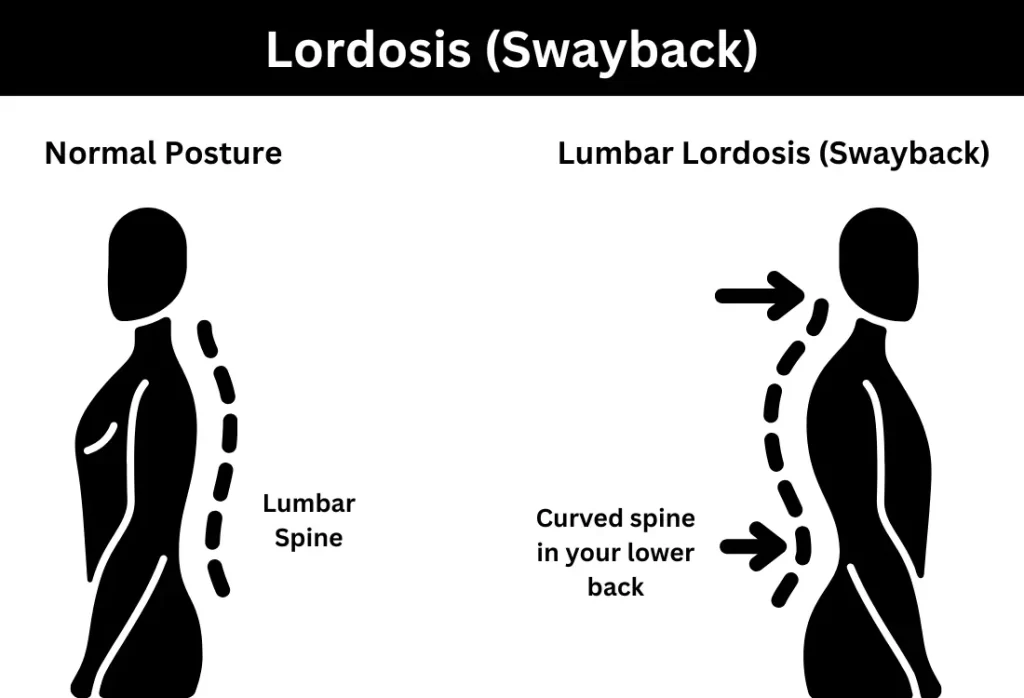
Feature | Description |
What it is | An excessive inward curve of the lower back. |
Symptoms | Lower back pain, a swayback posture, difficulty standing upright for long periods, and digestive issues. |
Causes | Weak core muscles, obesity, pregnancy, spondylolisthesis, and certain medical conditions. |
Whom does it affect | People of all ages but more common in pregnant women and individuals with weak core muscles. |
What happens if left untreated | Worsening of the curve, chronic back pain, and difficulty with daily activities. |
Treatment | Physical therapy to strengthen core muscles, pain medication, and, in severe cases, surgery. |
2. Uneven Shoulders or Hips
Have you ever noticed one shoulder or hip higher than the other? This is rare, but it does occur. This imbalance might seem minor, but it indicates a spinal deformity early. This asymmetry often occurs when the spine curves abnormally, pulling the body out of alignment.
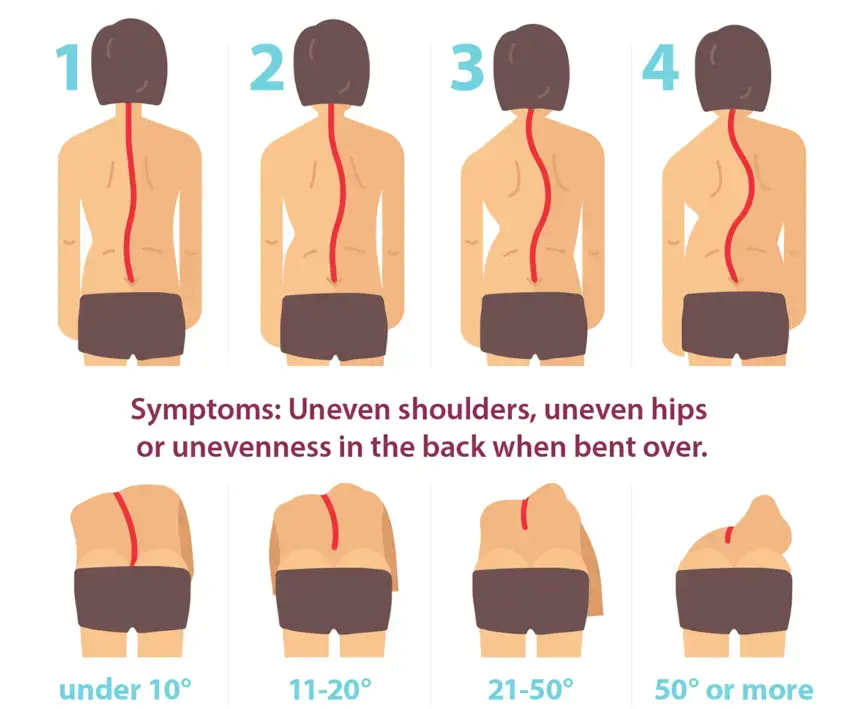
Self-check Tip: Stand straight and observe your shoulders and hips in the mirror. If one side is noticeably higher, it’s time to seek an evaluation.
3. Misaligned Head Position
Does your head feel off-center when you stand up straight? A misaligned head position can be a subtle but telling sign of spinal issues. When the spine’s natural alignment is disrupted, it can affect the head’s position relative to the shoulders and chest.
Misalignment is not just about incorrect posture. We have seen patients who ignore it and later complain of strain in neck muscles, headaches and also dizziness.
4. Unexplained Pain in the Back or Limbs
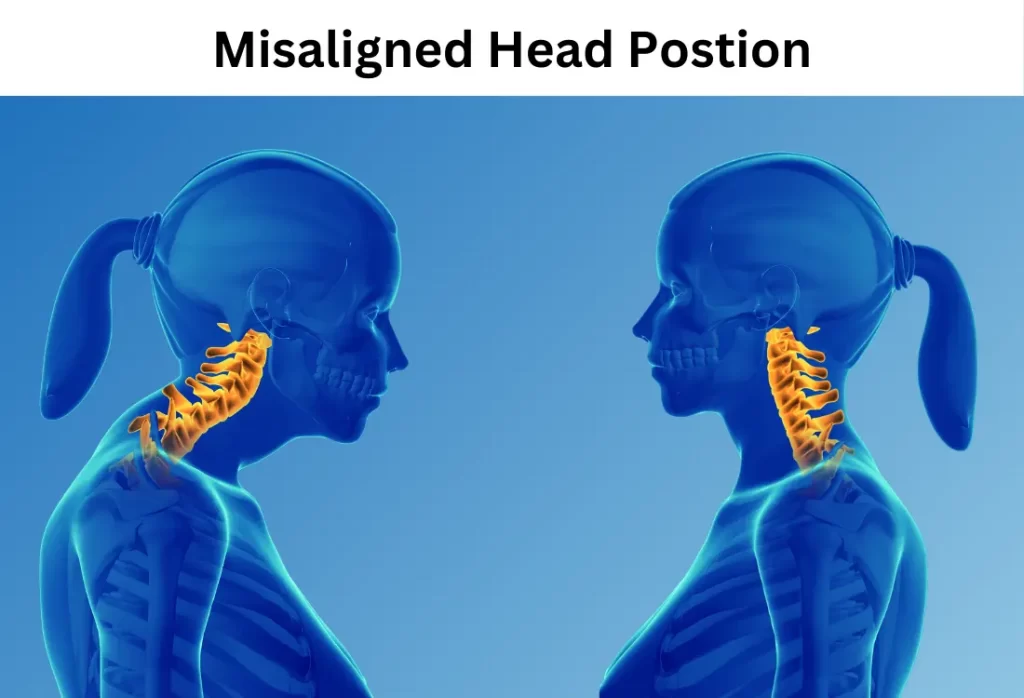
Back pain is a common complaint, but if it’s persistent and radiates to other parts of your body—such as your legs, arms, or feet—it might indicate a spinal deformity. Misaligned vertebrae can compress nerves, causing pain and discomfort.
Many patients come to our clinic and complain about pain in the limbs, tingling, or numbness. Tests often confirm that the condition affects the nerve function and needs a immediate medical attention.
5. Difficulty Walking or Maintaining Balance
Are you having difficulty walking or feeling unsteady? Spinal deformities can disrupt your balance. A misaligned spine can affect the body’s centre of gravity, making it hard to walk or even stand.
In severe cases, nerve compression caused by deformities can exacerbate coordination issues, leading to falls or difficulty performing everyday tasks.
Additional Warning Signs to Watch For
While these five signs are the most common, other symptoms can also indicate spinal deformity. Keep an eye out for:
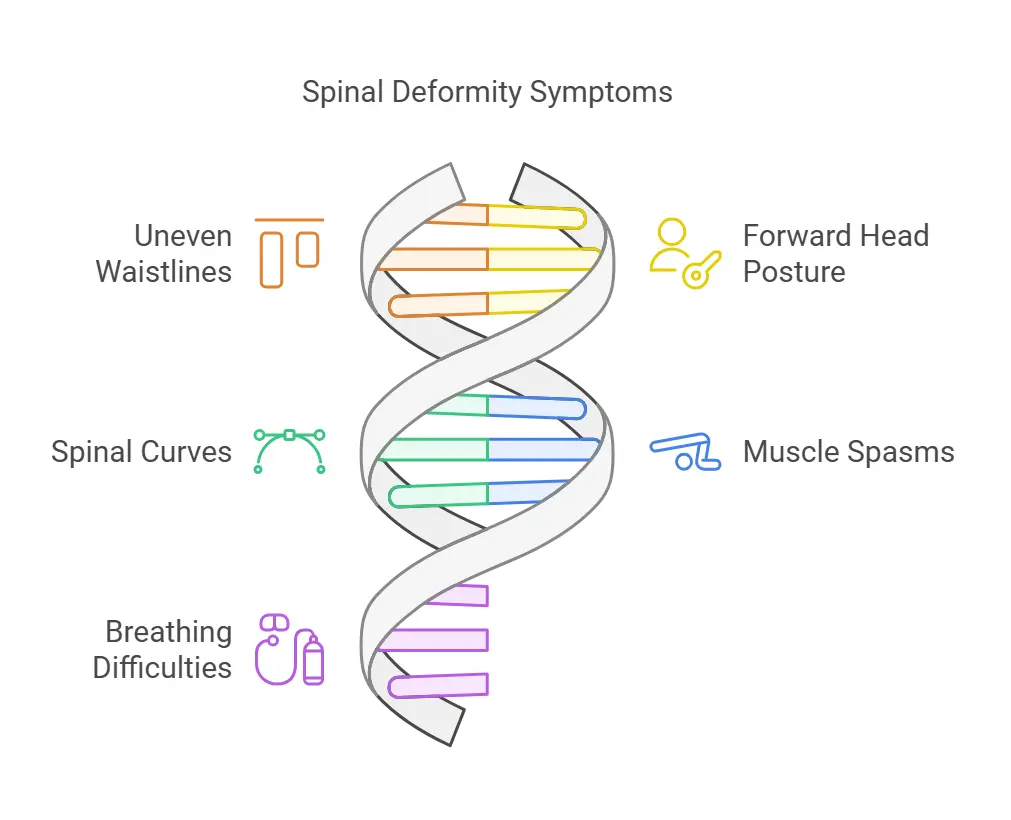
- Uneven waistlines or tilted pelvis.
- Forward head posture or “chin-to-chest” syndrome.
- Exaggerated inward or outward spinal curves.
- Persistent muscle spasms around the spine.
- Breathing difficulties due to reduced lung volume in extreme cases.
Why Early Detection is Crucial
Many people overlook these symptoms thinking that they are harmless but in reality these are the warning signs. Ignoring them can lead to complications, pain and also mobility issues. You might be surprised to know, but they can even impact your lung’s capacity to breathe.
It is in your interest to consult a orthopedic doctor and start non-invasive treatments like physiotherapy, use of braces etc. In some cases we recommend minimally invasive surgeries.
Pro Tip Regular physical exams, especially during adolescence or after a fall, can catch spinal issues before they escalate. |
How to Monitor and Prevent Spinal Deformities
- Posture Checks: Take a few minutes weekly to observe your posture in the mirror.
- Stay Active: Engage in activities like yoga or swimming that strengthen your spine.
- Routine Screenings: For children, routine school screenings or doctor’s check-ups during growth spurts are vital.
- Healthy Weight: This may sound cliche but maintaining a balanced weight reduces strain on the spine.
When to Consult an Orthopedic Specialist
If you notice any of the signs mentioned, don’t delay in seeking professional help. Orthopedic surgeons can perform detailed evaluations, including X-rays or MRIs, to diagnose spinal issues and recommend appropriate treatments.
Your spine helps you to stay upright and helps you to stay active. Take care of your spine and it will take care of you. Keep eye on spinal deformities and keep complications away. Early diagnosis can save you from complex surgeries.
-
Types of Spinal Injections: A Spine Specialist’s Guide to Pain Relief
-
8 Subtle Signs of Spinal Stroke You Must Never Ignore
-
5 Early Warning Signs of Spinal Deformity You Should Never Ignore
-
Guide to Digital Marketing for Spine Surgeon: Strategies to Grow Your Practice
-
5 Warning Signs of a Compression Fracture You Must Not Ignore
